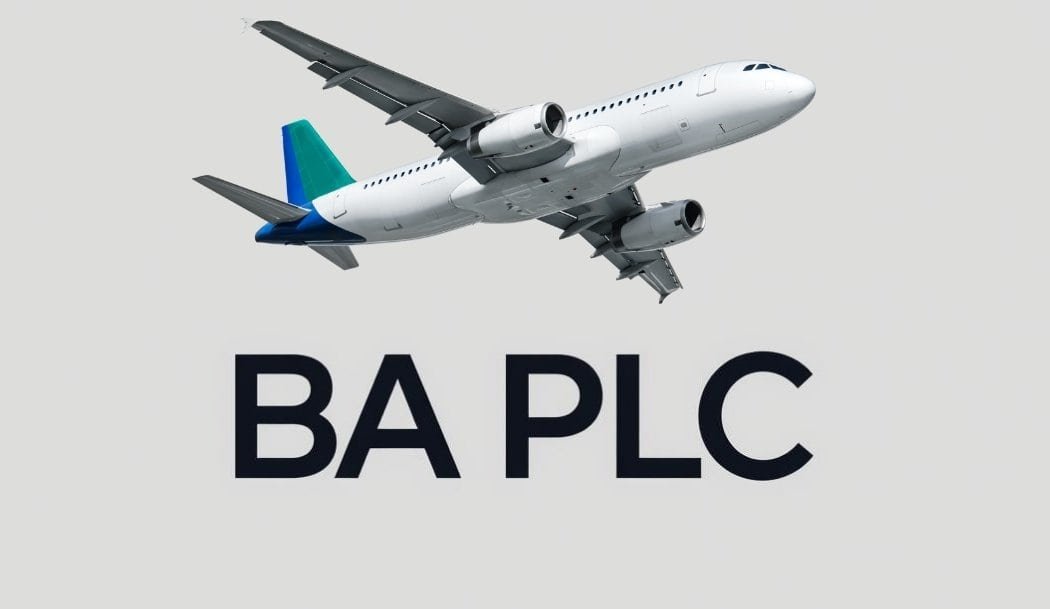Introduction
When people think of air travel from the United Kingdom, one name rises above the rest: British Airways Public Limited Company, more often called baplc. This company is not just an airline but a global brand that connects people, economies, and cultures.
From its origins in the 1970s to its role today as a major member of the International Airlines Group (IAG), BA PLC has always been more than just a carrier of passengers. It is a symbol of UK aviation history, a leader in air innovation, and a company shaping the future of flying.
In this article, we will take a deep look at baplc — what it is, where it came from, how it works, its challenges, and its future in a changing world.
What Is BA PLC?
BA PLC stands for British Airways Public Limited Company. It is the official registered name of British Airways, the UK’s flag carrier airline.
As a Public Limited Company (PLC), BA operates with shares traded on the stock exchange, meaning it is owned by investors while being managed as a corporate entity. This structure has helped baplc grow into one of the most recognized names in aviation.
The airline is a founding member of the Oneworld Alliance, working with other global carriers to serve millions of passengers every year. With over 180 destinations worldwide, BA PLC is both a national icon and a powerful international business.
The Origin of BA PLC
The story of baplc begins in 1974, when the British government merged two major airlines:
- BOAC (British Overseas Airways Corporation) – focused on long-haul flights.
- BEA (British European Airways) – focused on short-haul European flights.
Together, they formed British Airways, which later became known officially as British Airways PLC.
In 1987, the airline was privatized, marking a turning point. No longer state-owned, baplc was now listed on the London Stock Exchange. This allowed it to compete more freely and grow in a global market.
Since then, the company has weathered challenges, from labor strikes to global recessions, but has always found a way to adapt and continue as a leader in aviation.
CLICK FOR MORE BLOGS : DAILY LIFE WAYS
Key Milestones of BA PLC
- 1974: British Airways formed from BOAC and BEA.
- 1987: Privatization and transformation into baplc.
- 1990s: Expansion into international hubs and partnerships.
- 1999: Founding member of the Oneworld Alliance.
- 2011: Merger with Iberia under the International Airlines Group (IAG).
- 2020s: Recovery and adaptation after the COVID-19 pandemic.
These milestones show how BA PLC has always been at the center of aviation changes.
Business Model of BA PLC
The strength of baplc lies in its diverse business model. Let’s break it down:
Passenger Flights
The core of the business is flying passengers. BA offers four cabins: economy, premium economy, business, and first class.
Cargo Operations
Through British Airways World Cargo, baplc also transports goods across the world, from fresh produce to technology equipment.
Subsidiaries
It owns and operates BA CityFlyer, focusing on short-haul and regional flights, especially from London City Airport.
Alliances and Partnerships
By being a founding member of Oneworld, baplc connects seamlessly with other major airlines, offering customers global reach.
Digital and Loyalty Programs
The Executive Club loyalty program and partnerships with hotels, car rentals, and financial services keep passengers tied to BA services.
The Real-World Impact of BA PLC
Baplc is more than an airline — it is a pillar of the UK economy and society.
Contribution to the Economy
It generates billions in revenue, supports tourism, and plays a vital role in international trade.
Job Creation
The company employs thousands of people: pilots, flight attendants, engineers, and ground staff. Indirectly, it supports many more jobs in airports, hotels, and travel industries.
Cultural Influence
As the UK’s flag carrier, BA represents Britain on the global stage. Its branding, uniforms, and services are a reflection of British identity.
Comparison: BA PLC vs Other Airlines
When compared to airlines like Lufthansa, Air France, or American Airlines, baplc stands out in several ways:
- Heritage: A long history tied deeply to UK aviation.
- Global Reach: Strong network via Oneworld.
- Premium Services: BA is known for first-class and business cabins, appealing to corporate travelers.
- Market Challenges: Competes with low-cost carriers like Ryanair and EasyJet, which operate at lower prices but with fewer services.
This balance between tradition and modern competition makes baplc unique in global aviation.
Challenges Facing BA PLC
Like every airline, baplc faces many challenges:
- Environmental Concerns: Pressure to cut carbon emissions.
- Fuel Prices: High and unpredictable fuel costs.
- Competition: Both from luxury international carriers and budget airlines.
- Labor Relations: Strikes and disputes have impacted services in the past.
- Customer Expectations: Today’s travelers demand digital services and sustainable practices.
Despite these challenges, BA PLC continues to evolve.
The Future of BA PLC
The future of baplc depends on its ability to adapt to new realities. Some key areas include:
- Sustainability: Investing in Sustainable Aviation Fuel (SAF) and efficient aircraft like the Airbus A350.
- Digital Transformation: More mobile-based services, touchless check-ins, and AI-driven customer support.
- Global Expansion: Strengthening its routes in Asia, Africa, and North America.
- Carbon Neutral Goals: Targeting net-zero carbon emissions by 2050.
If these efforts succeed, baplc could become a leader not just in aviation, but also in environmental innovation.
Best Practices: Lessons from BA PLC
Other businesses can learn a lot from baplc:
- Adaptability: From privatization to digitalization, BA has always adapted.
- Branding: A strong brand identity can turn a company into a national symbol.
- Global Partnerships: Alliances help expand reach without excessive cost.
- Focus on Service: Customer loyalty grows when service quality remains high.
- Innovation: Constant upgrades in technology and sustainability ensure long-term survival.
These lessons make baplc not just an airline but a business model worth studying.
Conclusion
British Airways Public Limited Company, or baplc, is more than an airline. It is a story of heritage, innovation, and resilience. From its birth in 1974 to its global role today, BA PLC has shaped aviation history and continues to influence the future of travel.
As the world moves toward sustainability and digital transformation, baplc stands at a crossroads — balancing tradition with progress. Its success will depend on how well it adapts, but one thing is certain: British Airways will always be a global connector of people and cultures.
FAQs
1. What does BA PLC stand for?
It stands for British Airways Public Limited Company, the official registered name of British Airways.
2. When was BA PLC formed?
It was formed in 1974 after the merger of BOAC and BEA.
3. Is BA PLC part of another group?
Yes, baplc is part of the International Airlines Group (IAG), along with Iberia, Aer Lingus, and Vueling.
4. How does BA PLC make money?
It earns revenue through passenger flights, cargo services, loyalty programs, and global partnerships.
5. What is the future of BA PLC?
The future of baplc includes investments in sustainable aviation, digital services, and global expansion while aiming for carbon neutrality by 2050.











